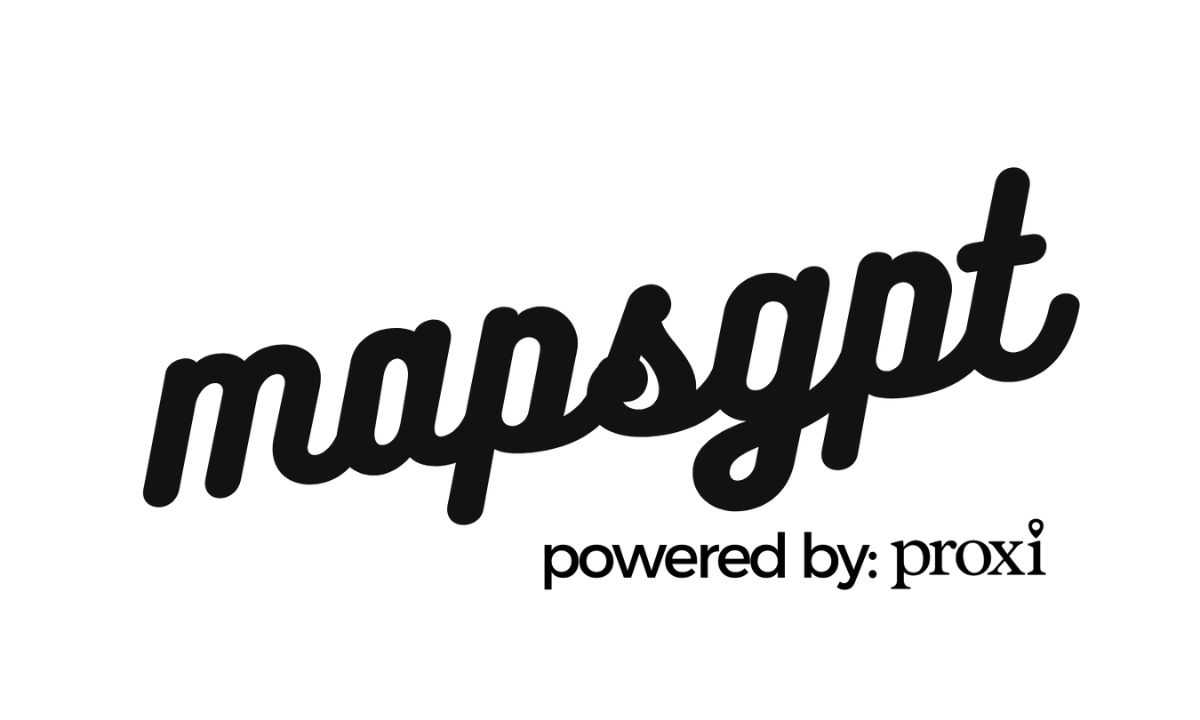Multi-agent pathfinding (MAPF) is a critical challenge in computer science and robotics. The primary goal of MAPF is to route multiple agents, like robots, to their individual destinations in a shared space. These agents must do so without colliding with each other while maintaining high levels of efficiency.
MAPF plays a crucial role in various applications. These include automated warehouses, drone fleets, and traffic management systems. As the number of agents increases, the complexity of the problem also escalates, making real-time solutions necessary.
The Challenges in MAPF
One of the most significant challenges in MAPF is managing the growing computational demand as the number of agents increases. This makes finding an optimal solution to MAPF a nearly impossible task in a reasonable time, especially for large-scale problems. As a result, the problem is classified as NP-hard.
Traditional methods often struggle with this complexity. Many rely on oversimplified assumptions or demand excessive computational resources. Another issue is the agents’ limited view of their environment, which makes decentralized decision-making difficult without real-time communication.
Traditional Approaches to MAPF
Over the years, researchers have explored a range of approaches to solving MAPF. Some of these methods include rule-based solvers, graph-based techniques, and optimization methods, such as minimum flow on graphs. These approaches aim to simplify the problem or transform it into a more solvable one.
Recently, methods incorporating machine learning and deep reinforcement learning have gained traction. These models allow agents to learn from their environment and adjust their paths accordingly. However, these solutions often require inter-agent communication or rely on heuristics, which adds complexity to an already difficult problem.
Introduction to MAPF-GPT: A Decentralized AI Approach
A research team from AIRI, the Federal Research Center “Computer Science and Control”, and the Moscow Institute of Physics and Technology introduced MAPF-GPT, a groundbreaking AI solution to MAPF.
MAPF-GPT stands out from earlier methods due to its decentralized design. Unlike previous approaches, MAPF-GPT allows each agent to make independent decisions based solely on local observations. This independence means agents do not need to communicate with each other or rely on additional planning steps, making the model more scalable and efficient.
Imitation Learning and Transformers
One of the key innovations in MAPF-GPT is its use of a transformer-based model trained through imitation learning. The research team built a large dataset of expert trajectories generated by existing solvers. These trajectories were converted into sequences of observations and actions, referred to as tokens, from which the model could learn.
The transformer architecture allows MAPF-GPT to predict the best actions for each agent based on their local observations. These observations include the current map layout and the agent’s position relative to obstacles and other agents.
Training and Dataset
The researchers ensured that MAPF-GPT was trained on a diverse dataset. This dataset included over 1 billion observation-action pairs from various MAPF scenarios, such as mazes and random maps. By learning from sub-optimal solutions, MAPF-GPT could still perform well in unseen environments.
The model was trained using cross-entropy loss, optimizing its decision-making process based on the actions observed in the expert data.
Performance Evaluation Against State-of-the-Art Models
The team conducted thorough performance evaluations, comparing MAPF-GPT to other state-of-the-art MAPF solvers, such as DCC and SCRIMP. MAPF-GPT, particularly the MAPF-GPT-85M version, outperformed these models in several scenarios.
For example, in tests involving up to 192 agents, MAPF-GPT demonstrated linear scalability. Its computational requirements increased predictably as the number of agents grew. Furthermore, MAPF-GPT was 13 times faster than SCRIMP and 8 times faster than DCC in high-agent environments. These results were particularly evident in large-scale warehouse simulations, where MAPF-GPT showed both speed and efficiency.
Zero-Shot Learning and Lifelong MAPF Scenarios
One of MAPF-GPT’s most impressive achievements is its zero-shot learning ability. This means the model could solve MAPF problems it had never encountered before, demonstrating its capacity to generalize to new environments.
In lifelong MAPF scenarios, where agents receive new goals after completing their initial tasks, MAPF-GPT performed exceptionally well. The model outperformed traditional solvers like RHCR and learning-based models like FOLLOWER, particularly in warehouse simulations. Its decentralized nature allowed it to maintain high throughput, even in these dynamic settings.
Implications for the Future of MAPF
MAPF-GPT represents a promising new approach to solving the complex problem of multi-agent pathfinding. By leveraging imitation learning and a transformer-based architecture, MAPF-GPT demonstrated significant advantages in terms of speed, scalability, and generalization over existing methods.
Its ability to operate without inter-agent communication or additional heuristics offers a streamlined solution for real-world applications, particularly in environments with large numbers of agents.
Conclusion
The introduction of MAPF-GPT marks a significant advancement in the field of multi-agent pathfinding. By utilizing a decentralized approach and learning from sub-optimal solutions, this model offers a scalable, efficient, and generalizable solution to complex MAPF challenges. As AI and robotics continue to evolve, the techniques pioneered by MAPF-GPT will likely influence future developments in automated systems, traffic management, and other multi-agent applications.
